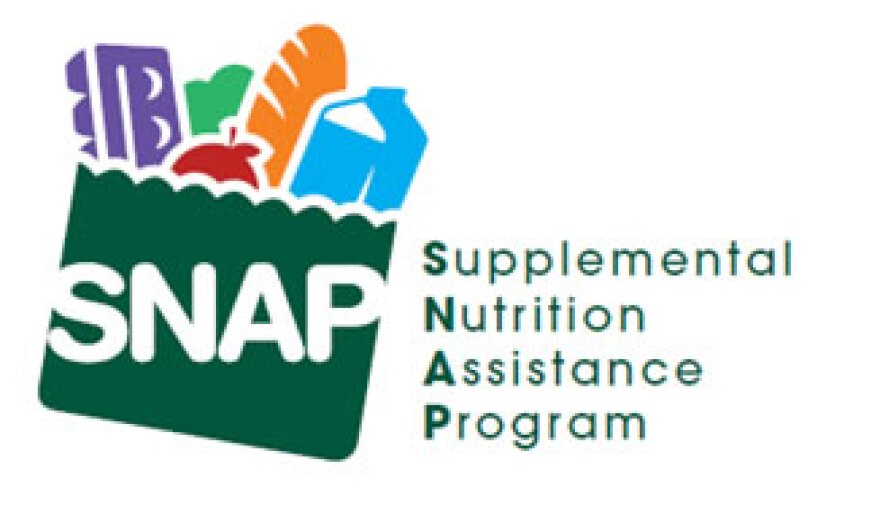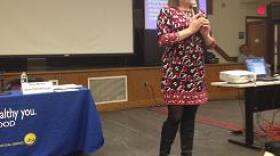A recent event in Pittsfield, Massachusetts aimed to increase the number of seniors enrolled in government funded food assistance.
The Food Bank of Western Massachusetts is encouraging eligible seniors to sign up for The Supplemental Nutrition Assistance Program, or SNAP, formerly known as food stamps. According to the National Council on Aging, only one-third of the state’s eligible seniors receive the program’s benefits. Andrew Morehouse is the food bank’s Executive Director. He says some eligible seniors don’t apply for SNAP because the benefits are too small to help. They often own homes that count as assets or they are unaware of how to sign up.
“There’s a deep stigma associated with food stamps,” Morehouse said. “Elders are very proud and many of them were brought up during the Depression and have experienced hard times. They feel like they can get by on their own accord.”
Morehouse says events like yesterday’s have allowed the food bank to reach its goal of enrolling 1,000 people in SNAP over the past year. The SNAP program is facing a $39 billion cut over the next decade as part of the federal Farm Bill. SNAP participation rates vary across the country, but saw significant increases nationwide from 2009 to 2010 correlating with the economic recession. James Arena-DeRosa is the Northeast Regional Administrator for the U.S. Department of Agriculture Food and Nutrition Service. He says despite recent reports of the national economy improving and more jobs being created, SNAP enrollments aren’t decreasing as quickly as most expect.
“About 30 percent of the people on the SNAP program are working and they just can’t make the numbers work,” Arena-DeRosa said. “What those numbers tell us is that there are still a lot of people out there that are struggling.”
According to a 2010 study by the USDA-FNS, Maine ranks first nationally with an estimated 100 percent enrollment rate of the 203,000 eligible citizens receiving benefits. Vermont ranks third with a 98 percent enrollment rate, Massachusetts ranks tenth with 87 percent, Connecticut is number 26 with 78 percent, and New York sits at 33 with 76 percent of its nearly 3.5 million eligible residents receiving assistance. Arena-DeRosa says sometimes states run into issues when their systems can’t handle increasing enrollment numbers.
“If you only increase participation and don’t make sure your systems can handle it, you can run into some challenges,” said Arena-DeRosa.
The program has garnered criticism after a recent increase in the trafficking of SNAP benefits across the country. The USDA-FNS reports a significant jump from $330 million being trafficked from 2006 to 2008 to $858 million illegally used from 2009 to 2011. Arena-DeRosa relates the uptick in trafficking to a doubling in program participation. He says most trafficking happens at small stores and last year the state of Massachusetts permanently disqualified 22 such stores from accepting SNAP.
“People were requesting multiple cards,” Arena-DeRosa said. “Across the country, we encouraged states to send out messages to anybody that’s requested multiple cards. Partly to make sure ‘Do you understand, are you using it the right way?’ But, also to say ‘Hey, we’ve noticed you’ve requested several cards and we’re concerned that it might mean something is going on.’ The number of card replacements has plummeted over 60 percent in Massachusetts.”
In July, an agreement between the USDA-FNS and the state’s Health and Human Services allows the Department of Transitional Assistance to work with state and local law enforcement to identify, prevent, and prosecute SNAP fraud and trafficking. Before the agreement, the USDA-FNS was the only agency able to investigate and prosecute these cases, which had a limited number of investigators in the Northeast.





